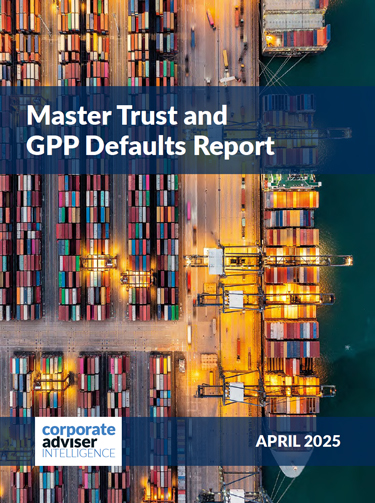Currently, the norm in the industry is for maximum group income protection (GIP) benefit payouts to be reduced by an amount equivalent to a single person’s state incapacity benefit entitlement.
Under new welfare reform rules, which are due to take effect next year, state benefits are likely to be lower and harder to obtain. Some new claimants may no longer qualify under the revised criteria, whilst others may find that benefit levels are lower than they are currently for existing claimants in similar circumstances.
Bupa says its new simple formula for GIP will make it easier for employers to communicate the benefits they provide to their employees and the value of those benefits.
Where clients have traditionally opted for a GIP benefit level that is lower than the maximum 75 per cent of income, because they wanted to take any state benefit entitlement into account, Bupa will not insist on any changes to this level. However, they will be offered future quotations based on both the lower and maximum benefit options.
Lee Lovett, head of sales at Bupa Group Risk, said: “The imminent welfare reform changes not only increase the need for income protection insurance but also provide an ideal opportunity to review and further simplify product and benefit design. The state benefit changes each year, so nobody can be sure what their scheme benefit is from one year to the next. Just to add to the confusion, the state also describes incapacity benefit in weekly terms whereas insurers use the annual equivalent.”




